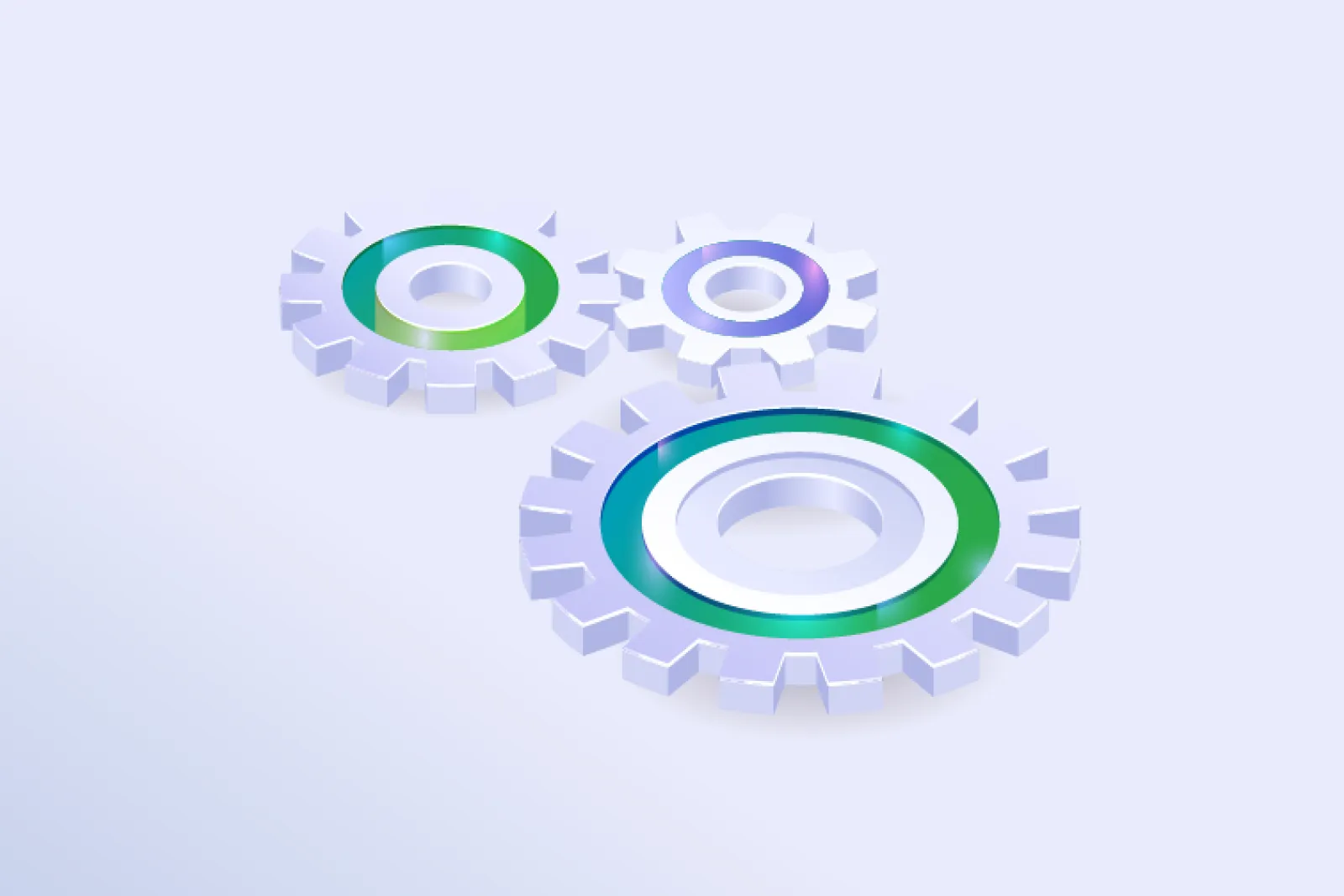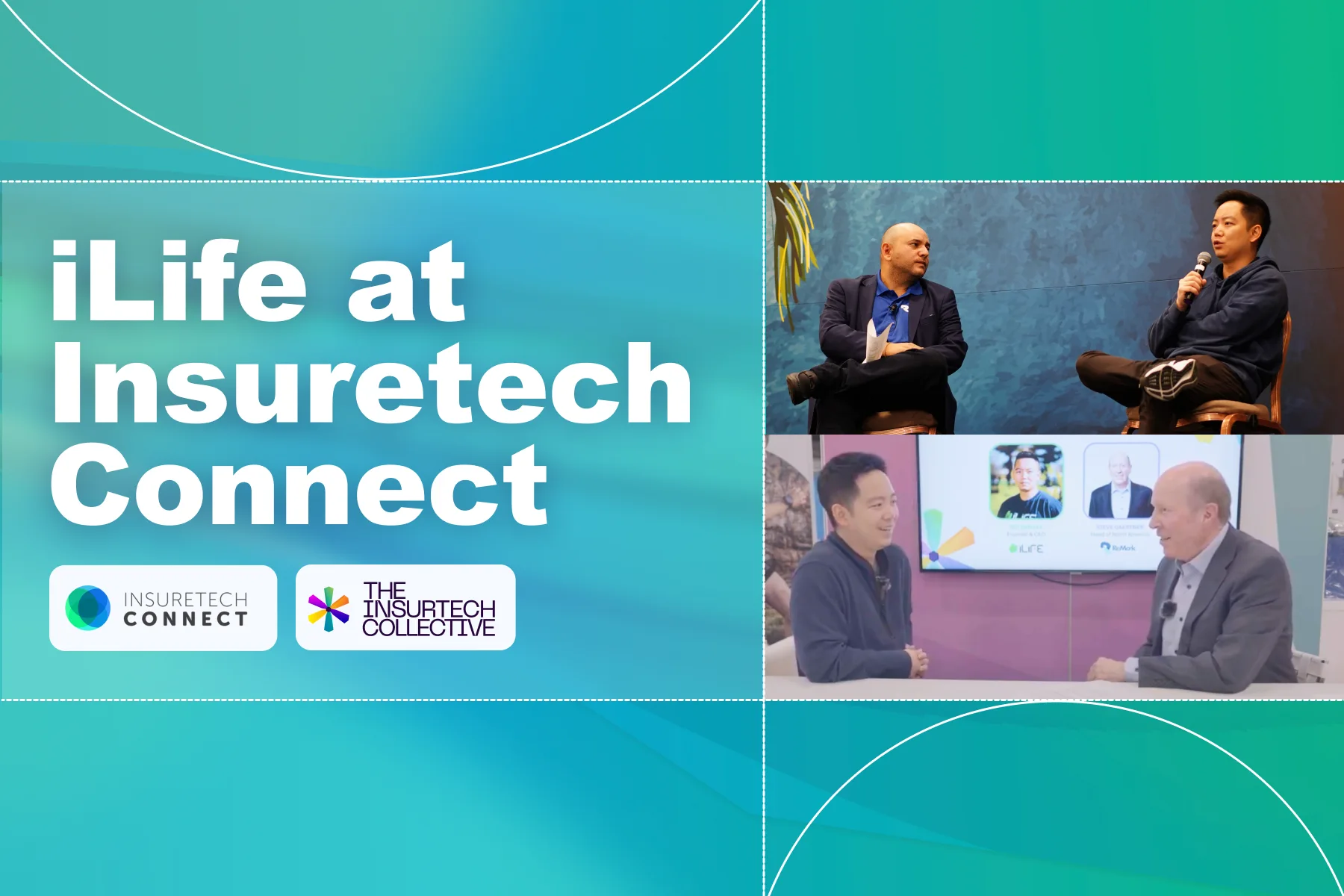As with any industry, the insurance technology, or “insurtech,” business model has gone through several large-scale changes, each bringing about significant transformations in the industry’s landscape. These waves of insuretech evolution are a helpful way to distinguish what the insurance industry is trying to accomplish and in what direction it’s heading.
The First Wave: Digital Foundations of Insurtech
The inception of this journey can be traced back to the first wave of insurtech, marking the initial transition from conventional paper-based applications to their digital counterparts. In this era, the once cumbersome process of managing and storing insurance applications underwent a revolutionary change. The traditional briefcases filled with extensive paperwork were replaced by digital databases, ensuring that vital information was merely a click away. This was a monumental shift that laid the groundwork for further advancements in the industry.
Second Wave: Client Experience and its Challenges
Building upon the digital foundation laid by the first wave, the second wave of insurtech aimed to make insurance more accessible and convenient for consumers. This phase was characterized by a move away from traditional agents and carriers, in favor of more direct-to-consumer approaches, in some ways reminiscent of the late 90’s.
However, it is crucial to note that this transition was not without its challenges. This second wave sought to replace agents and carriers with digital solutions, but it failed to address the complexities inherent in the first wave. The result was a fragmented digital ecosystem, with data scattered across various platforms, proving cumbersome for both consumers and industry stakeholders such as carriers, wholesalers, and agents.
The life insurance model poses unique challenges in this regard. Unlike other products, insurance, including life, health, and annuities, is typically sold rather than bought. This is a nuanced process that involves understanding human and business needs, which are best articulated by human agents. This intricacy doesn’t align seamlessly with a direct-to-consumer approach. In fact, less than 3% of the life insurance market constitutes direct consumer purchases.
The discrepancy became more evident post-COVID, where the digitization efforts of the ’90s proved inadequate in the face of a rapidly online-shifting world. The digital forms and systems that might have sufficed pre-COVID were now revealing the cracks in their foundation, unable to support the surge in online interactions and the heightened demands of the modern consumer.
Third Wave: Consolidation and Cloud Modernization
The third wave of insurtech promises longevity, urging carriers to become more introspective. This third wave, akin to the iPhone revolution, represents the integration and optimization of various systems and applications into a unified interface. In this age of smart devices, enterprises aim to consolidate applications and systems, creating a self-serve, universal interface that caters to multiple needs and functions.
For insurance technology, the third wave started around 2021. After significant advancements in computer science over the last 30 years, tasks that once required large teams of engineers can now be handled by smaller teams or even automated systems, significantly reducing operational costs.
This brings us to a pivotal point: Is it more prudent to renovate the old systems from the first wave or to start anew with a more modern, efficient system? The cost and effort involved in upgrading legacy systems are akin to renovating a Model T Ford to meet today’s driving standards – it is an expensive and complex endeavor.


The Cost of Upgrading Insurance Technology: A Closer Look
Today’s technology undeniably surpasses what was available in the 90s. The current offerings are more economical, swift, and user-friendly. Carriers are now faced with the pressing decision of assessing the costs of persisting with older systems.
The decision to upgrade technology isn’t just about embracing the new; it is a critical financial and operational consideration. The workforce, for instance, plays a significant role in this decision. The skills required to maintain and update ’90s technology are becoming increasingly scarce, with new generations of engineers not being trained in legacy technology. This makes the experts in old systems more expensive to hire.
Moreover, maintaining old systems while trying to stay competitive in the market can result in reduced margins or increased costs for the end consumers. The cost-effectiveness and ease of use associated with new technology make it a more attractive option for businesses looking to stay ahead of the curve.
Conclusion
In the ever-evolving world of insurtech, there’s a growing realization that newer technology is not just an upgrade but a necessity. Resisting change might seem to be the safer option, but inactivity poses its own set of risks. Stagnation in today’s dynamic world is potentially more hazardous than proactively staying ahead of the curve.
For the insurance industry, this means navigating the complexities of past systems while embracing the promise of the future. To thrive in this digital age, insurance carriers must not only respond to the market but anticipate its needs, ensuring they’re not just keeping pace but setting the standard.
What is the new standard? A seamless, integrated digital ecosystem that meets the market’s needs while enhancing the consumer experience.
Learn how to leverage iLife’s Universal API has become the new standard for insurtech, through streamlined processes, unmatched efficiency, and a seamless experience.





